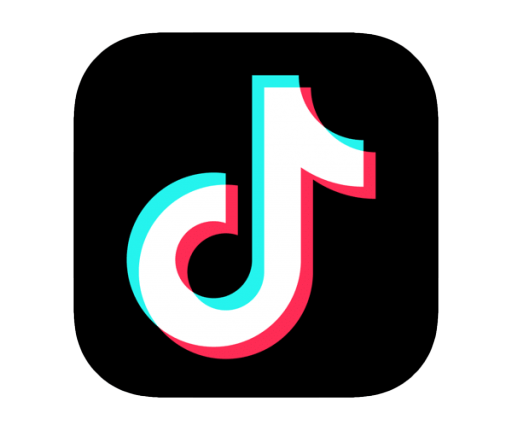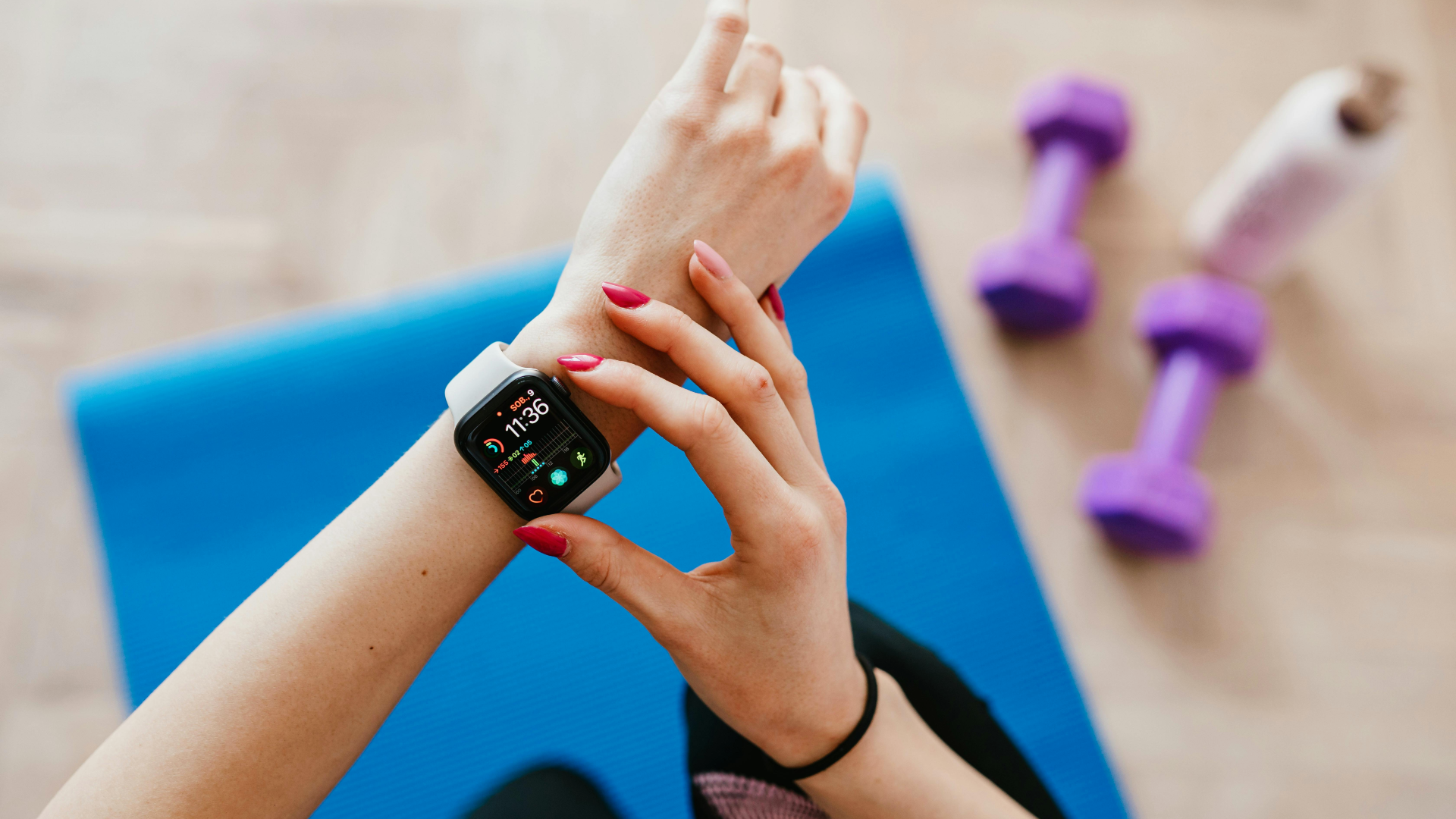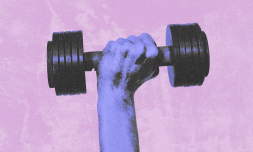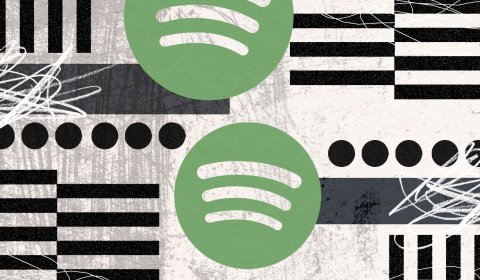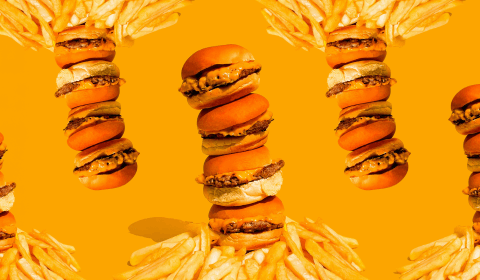What lengths are young people going to in pursuit of a healthier life?
The pursuit of wellness used to come in the form of a yoga class, a green smoothie, and maybe even a juice cleanse if you were feeling particularly radical. But for Gen Z, whose health anxieties are born from a perfect storm of pandemic trauma, climate dread, and relentless digital overstimulation, wellness has escalated into something far more experimental.
Biohacking might sound familiar for its association with millionaire wellness gurus like Bryan Johnson, whose extreme lifestyle includes daily radiofrequency treatments, a stringent diet, and bold new medical tactics like blood transfusions and ‘plasma exchanges’ with his teenage son.
But this controversial trend is no longer confined to a niche corner of silicone valley. Using new technology and tapping into their generational concern with health and wellness, today’s young people are adopting a strategy called ‘soft biohacking’, in which bodily metrics like step count, sleep pattern, and resting heart rate are constantly monitored.
From cold plunges to continuous glucose monitors, red light therapy to nootropics, Gen Z is swapping out traditional wellness fads for interventions once reserved for elite athletes, longevity obsessives, or tech billionaires.
Now, young people are less likely to associate biohacking with transhumanist experiments and more with the very relatable goal of feeling better in an exhausting world.
‘Millennials and Gen Z are drawn to biohacking due to their desire for self-optimisation. Tech-savvy culture makes tracking and analysing various aspects of health easier, provides them empowerment and helps them take control of their health rather than relying on traditional healthcare systems,’ says Dr Shambhavi Jaiman, Consultant Psychiatrist at Fortis Healthcare.
‘Social media and influencers promoting the practices also play a huge role.’
The key to biohacking’s success amongst young people has been in finding a middle ground between extreme wellness and technological advancement. Many wellness gurus have created successful online careers by shifting the focus from extreme self-modification to accessible and relatable alternatives. These include sleep tracking and cycle syncing alongside diet and exercise regimes.
But why the sudden obsession? According to self-proclaimed wellness fanatics like Camilla, Gen Z are learning from previous generations, cultivating an ‘inherent curiosity and willingness to explore new things.’
Having a glass of antidepressants for breakfast. 😊🍊
“A daily diet that includes two quarts of milk and a quart of orange juice provides enough fructose and other sugars for general resistance to stress, but larger amounts of fruit juice, honey, or other sugars can protect… https://t.co/csGiotFVH6 pic.twitter.com/PorHaIYxiK
— Veronica (@celestialbe1ng) May 8, 2024
‘Having seen a generation of parents neglect their health,’ Camilla told The Wellness Coach, they’re now driven to make better health decisions and find innovative ways to support their wellbeing.’
This runs parallel to a rising mental health crisis amongst Gen Z, caused in part by growing burnout culture and a distrust of traditional medical systems. Young women in particular are turning to biohacking as a way to reclaim autonomy over their health in a world where their medical concerns are often dismissed.
Health Club Management describes biohacking as an alternative to traditional medicine in that it aims to enhance ‘healthspan’ rather than ‘lifespan’.
It’s all about ‘the quality of those added years. Supported by diagnostics such as glucose variability, HRV, bone density, and mitochondrial health, biohacking helps individuals take control of their wellbeing using real-time insights and personalised interventions.’
Biohacking is also – crucially – big business.
Wellness centers are now kitting out with cryotherapy chambers, red light therapy booths, and IV drip lounges. What was once the domain of high-performance labs is now available in luxury wellness clubs, or via home devices marketed directly to young consumers who are willing to invest in feeling good.
People are increasingly looking to gain more from their workout, seeking out holistic routes to wellness that – inevitable – come with bigger bells, whistles, and prices. After all, each time a person is told to focus on a new aspect of their lifestyle is another opportunity for brands to sell them a new product or program.
Critics also warn that biohacking can easily tip into obsession.
As part of a report on the rise of ultra-wellness amongst Gen Z, impact reporter Ashley Barrientos travelled to Seoul to explore the way high-tech offerings are being implemented into the younger generation’s health-conscious lifestyles.





